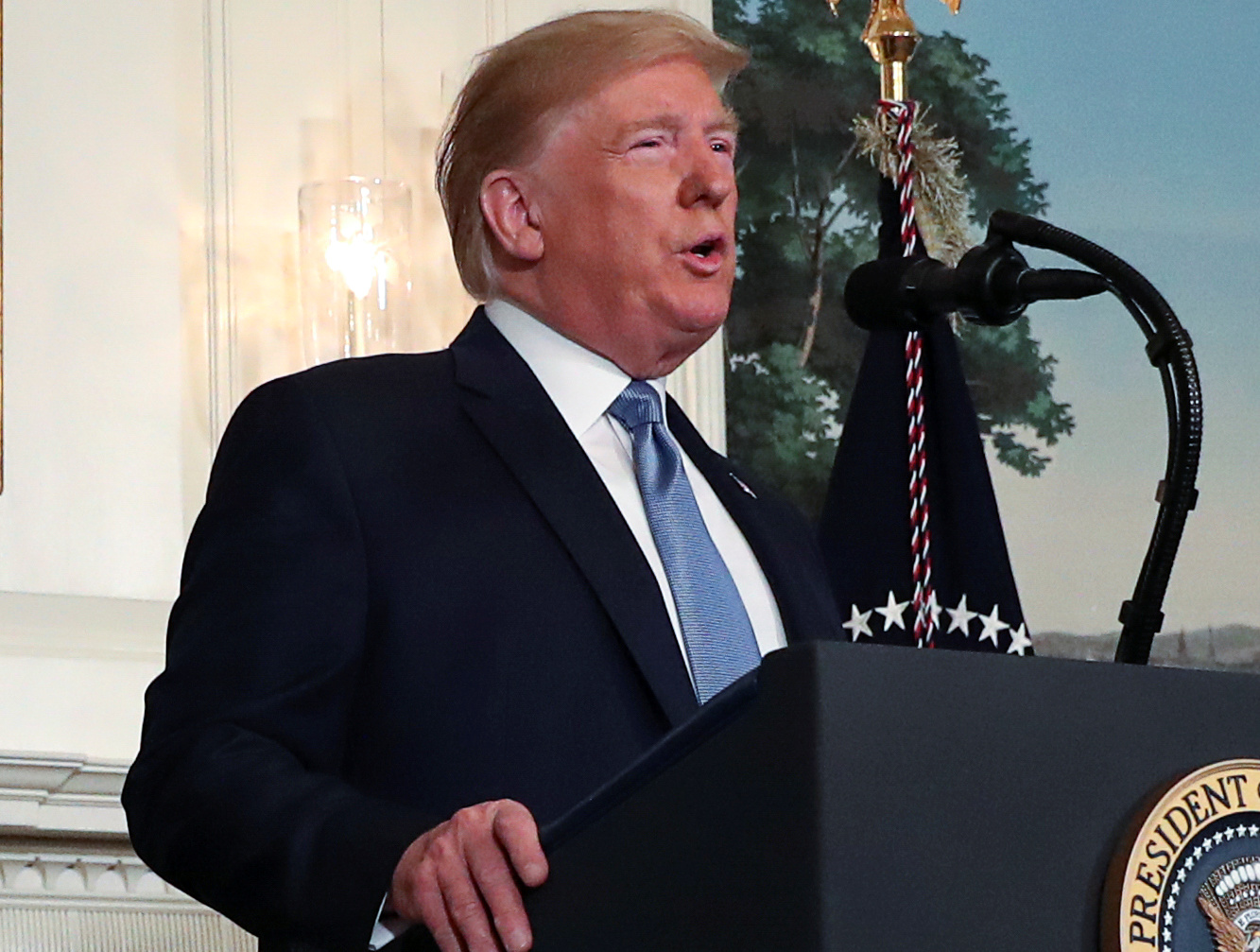
By Jonnelle Marte and Barbara Goldberg
NEW YORK (Reuters) – As U.S. cases of coronavirus spiked on Sunday, Ohio and Louisiana became the latest states to announce broad lockdowns to slow the spread of the virus with nearly one in three Americans under orders to stay at home.
The two states join New York, California, Illinois, Connecticut and New Jersey, home to 100 million Americans combined, as cases nationwide top 33,000 with at least 390 dead, according to a Reuters tally.
“Every piece of evidence that I can lay my hands on indicates that we’re at an absolutely crucial time in this war and what we do now will make all the difference in the world,” said Ohio Governor Mike DeWine. “What we do now will slow this invader. It will slow this invader so our health care system … will have time to treat casualties.”
Ohio has 351 cases and three deaths while Louisiana has 837 cases and 20 deaths, several in a senior care facility.
The mayor of New York City, the epicenter of the nation’s coronavirus epidemic, on Sunday described the outbreak as the biggest domestic crisis since the Great Depression and called for the U.S. military to mobilize to help keep the healthcare system from becoming overwhelmed.
“If we don’t get more ventilators in the next 10 days people will die who don’t have to die,” said Mayor Bill de Blasio, as the nation’s most populous city saw COVID-19 cases top 9,600 and deaths climbed to 63.
New York Governor Andrew Cuomo urged the federal government to take over acquisition of medical supplies so states do not have to compete with each other for desperately needed resources. He also repeated a request for the Army Corps of Engineers to build temporary hospitals.
Help is not coming quickly enough, Cuomo said.
“Time matters, minutes count, and this is literally a matter of life and death,” he said. “At the same time, there is not going to be chaos, there is not going to be anarchy. Life is going to go on. Different. But life is going to go on.”
The number of cases of the highly contagious respiratory illness in the United States and Spain are exceeded only by China and Italy. Italy reported record numbers of daily coronavirus deaths last week.
“This is going to be the greatest crisis domestically since the Great Depression,” de Blasio told CNN, referring to the economic crisis of the 1930s. “This is why we need a full-scale mobilization of the American military.”
Around the globe, billions are adapting to a new reality, with countries like Italy, Spain and France on lockdown and several South American nations taking similar measures to try to stay ahead of the contagion, as global cases exceeded 315,000 and deaths top 13,000.
The lockdown affecting large segments of the American public to try to curb the spread of the coronavirus is likely to last 10 to 12 weeks, or until early June, U.S. Treasury Secretary Steven Mnuchin said on Sunday.
Lawmakers in Washington are nearing a deal that could pump a record $1 trillion into the economy to limit the economic damage from the coronavirus and will vote on the bill Monday.
Speaking on “Fox News Sunday,” Mnuchin said the package would give an average U.S. family of four a one-time payment of $3,000.
Republican U.S. Senator Rand Paul of Kentucky on Sunday became the first member of the Senate to announce he had tested positive for coronavirus. At least two members of the House of Representatives previously said they tested positive.
MEDICAL CRISIS
De Blasio said the city is not getting needed medical supplies from the federal government to contend with the rapid spread of the sometimes deadly illness.
Hospitals are scrambling for protective equipment for healthcare workers and for ventilators as they brace for a wave of patients who will need help breathing as severe cases often lead to pneumonia and decreased lung function.
Over the past week, U.S. President Donald Trump’s administration has been pushing for aggressive steps to stem the economic hit, after Trump spent several weeks downplaying the virus’ risks.
Anthony Fauci, director of the U.S. National Institute of Allergy and Infectious Diseases, on Sunday said the White House recognized the urgency of New York’s situation.
“Not only is New York trying to get resources themselves, but we’re going to be pouring it in from the federal government,” he told CBS News.
U.S. drugmaker Merck & Co Inc said it delivered 500,000 donated masks to New York City on Sunday morning.
Cuomo warned that 40% to 80% of New York state residents may eventually contract coronavirus. He chastised those who were still congregating in parks and other places and not practicing social distancing. He noted 53% of the cases in New York are between the ages of 18 and 49.
“It’s insensitive, arrogant, self-destructive … and it has to stop, and it has to stop now,” he said, adding he was giving New York City authorities 24 hours to come up with a plan to deal with the situation. “This is not a joke and I’m not kidding.”
(Reporting by Jonnelle Marte and Barbara Goldberg in New York; Additional reporting by Andrea Shalal and Susan Heavey in Washington; Writing by Lisa Shumaker; Editing by Bill Berkrot)


















